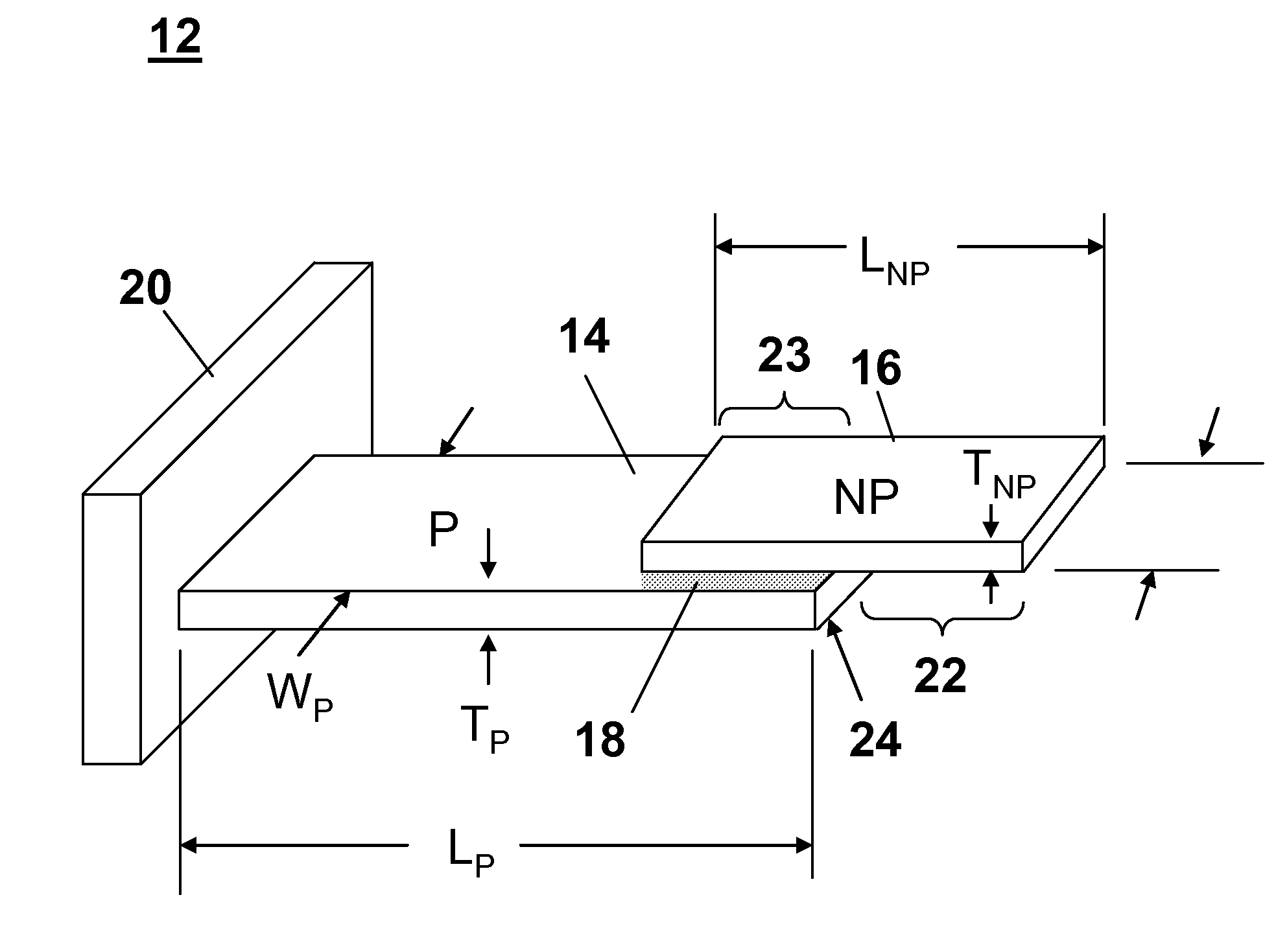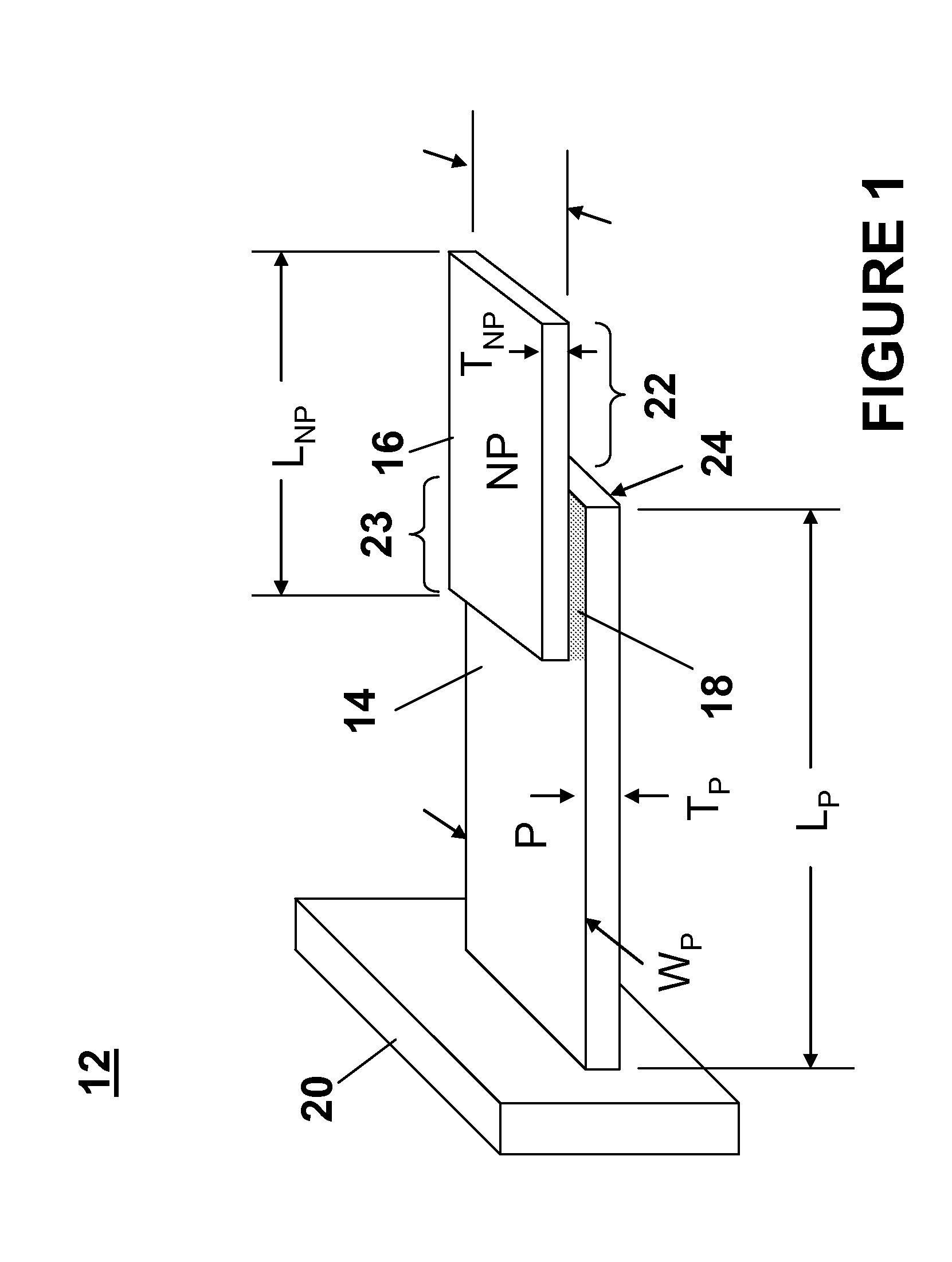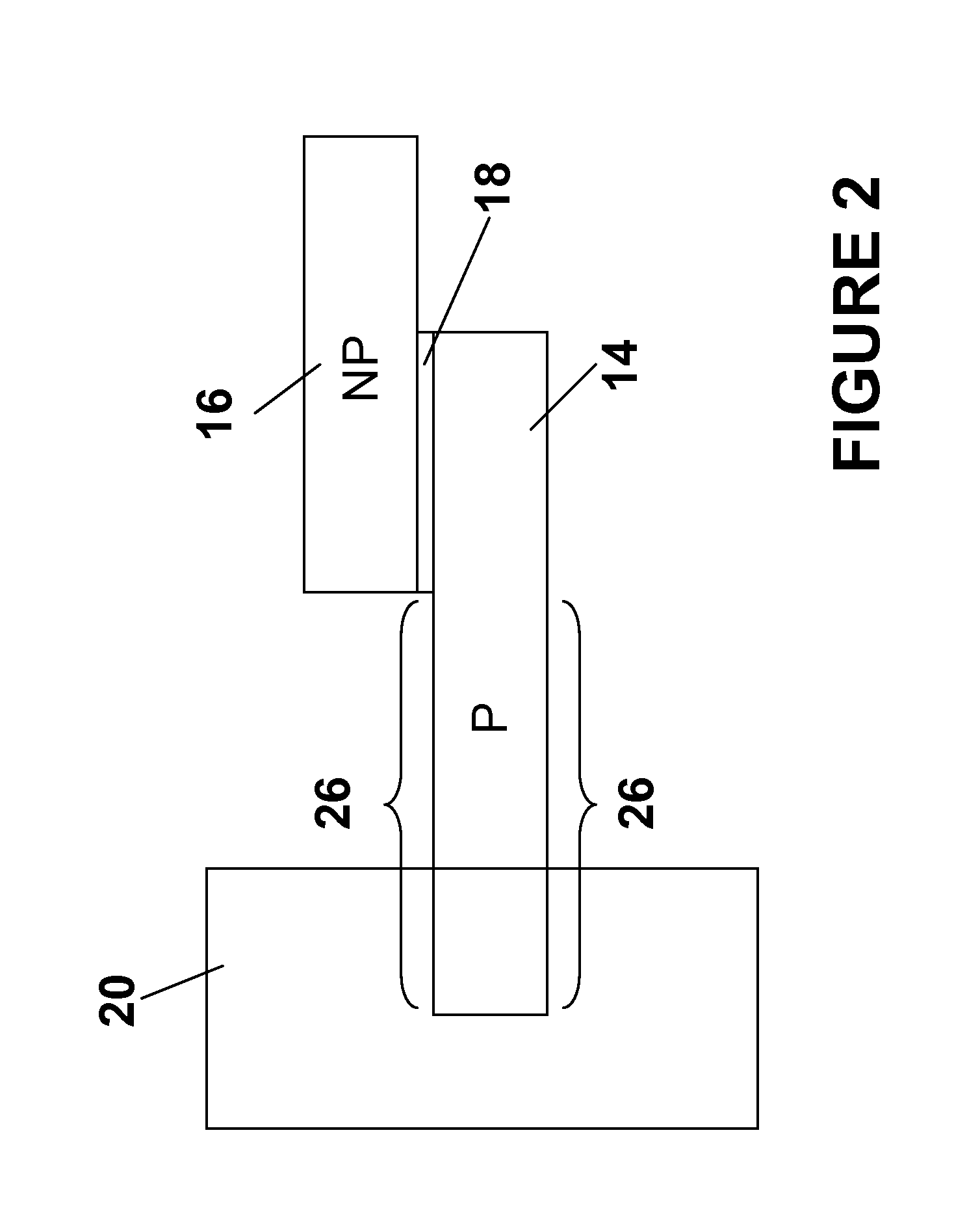Detection And Quantification Of Biomarkers Via A Piezoelectric Cantilever Sensor
a piezoelectric cantilever and sensor technology, applied in the field of quantitative detection, can solve the problems of high detection limit, high detection limit, and current methods with high detection limit, and achieve the effect of reducing non-specific binding, reducing detection limits, and reducing sensitivity
- Summary
- Abstract
- Description
- Claims
- Application Information
AI Technical Summary
Benefits of technology
Problems solved by technology
Method used
Image
Examples
Embodiment Construction
[0034]As described herein, quantification of an amount of a target analyte accumulated on a sensor incorporates calibration of the sensor as part of the quantification process. In an example embodiment, a piezoelectric cantilever sensor is utilized to detect and quantify the target analyte, however, any appropriate sensor can be utilized. Quantification is performed using a single sample to which amounts of the target analyte are added. Calibration is performed as part of quantification on the same sample. The target analyte is detectable using label free reagents and requiring no specific preparation of the sample.
[0035]Analytes can comprise any appropriate analyte target material, such as for example, a biomarker, a specific protein, carbohydrate, glycoprotein, protein complex, DNA molecule, cDNA molecule, cRNA molecule, RNA molecule, RNAi molecule, pRNA molecule, mycoplasma, virus, bacterium, yeast, mammalian cell, prions, or phospholipid. As described herein, the ability to dete...
PUM
| Property | Measurement | Unit |
|---|---|---|
| Frequency | aaaaa | aaaaa |
Abstract
Description
Claims
Application Information
 Login to View More
Login to View More - R&D
- Intellectual Property
- Life Sciences
- Materials
- Tech Scout
- Unparalleled Data Quality
- Higher Quality Content
- 60% Fewer Hallucinations
Browse by: Latest US Patents, China's latest patents, Technical Efficacy Thesaurus, Application Domain, Technology Topic, Popular Technical Reports.
© 2025 PatSnap. All rights reserved.Legal|Privacy policy|Modern Slavery Act Transparency Statement|Sitemap|About US| Contact US: help@patsnap.com



